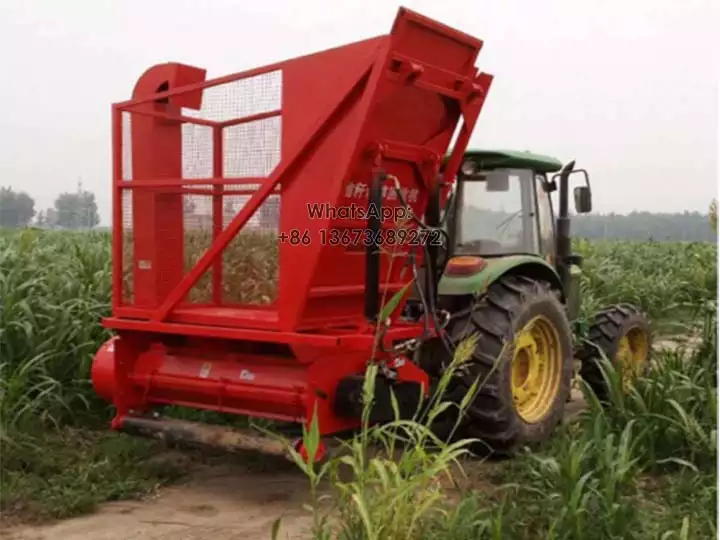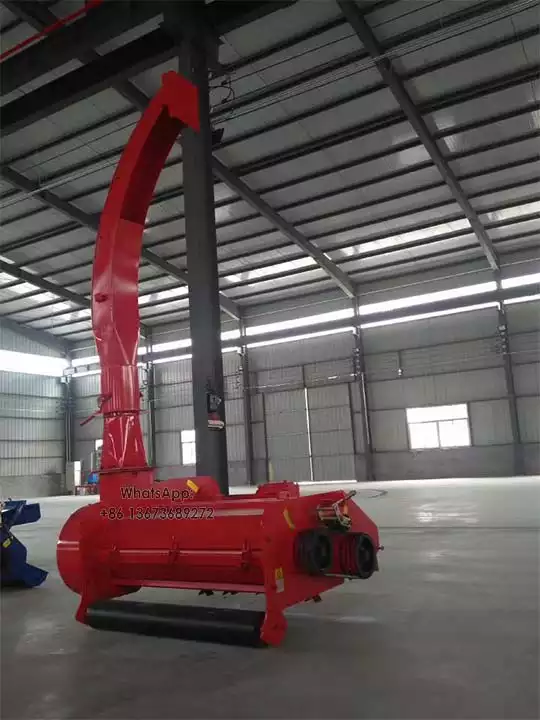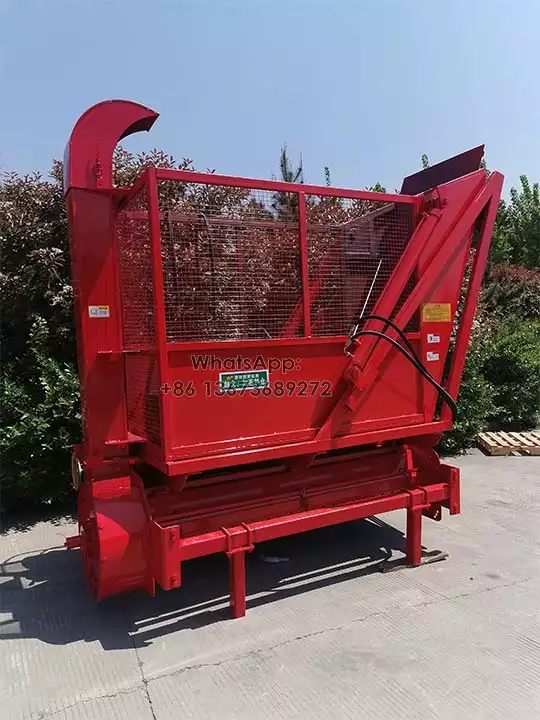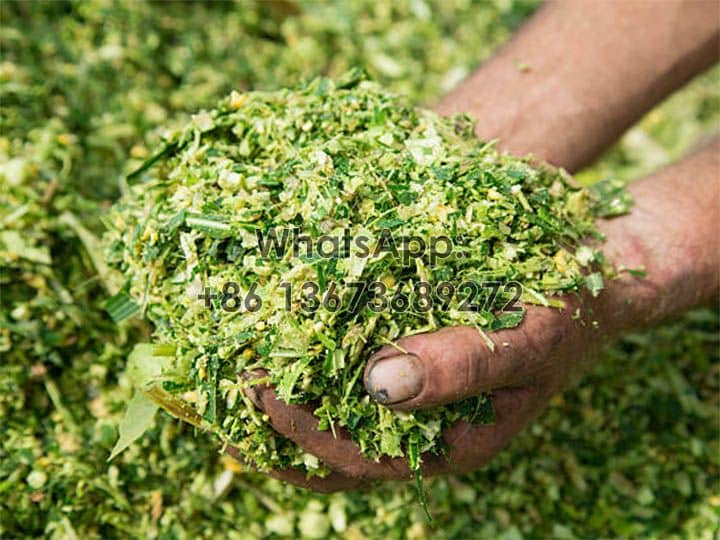Kuilvoerstroper Suid-Afrika: voorkeurkeuse vir voeroes
Silage harvester word die werktuig van keuse vir boere in die Suid-Afrikaanse landbousektor. Die gebruik van hierdie innoverende plaasmasjiene dra nie net by tot die effektiewe bestuur van landbouafval nie, maar bied ook 'n oplossing vir doeltreffende oes. So, kom ons kyk saam na die tipes kuilvoer-oesmasjiene, die funksie van die kanggoestel-oesmasjien Suid-Afrika en hoe om kanggoeste te oes.

Soorte kuilvoer-stroper masjiene te koop


Trouens, volgens die teenwoordigheid of afwesigheid van 'n silo, kan dit in 2 tipes verdeel word, een met 'n silo en die ander sonder 'n silo, wat albei saam met 'n trekker vir strooiherwinning in die veld gebruik moet word. Soos hierbo getoon, as jy belangstel, kontak ons gerus vir meer besonderhede oor jou kuilvoer-oes.
Waarom die kuilvoerstroper Suid-Afrika gebruik?
In Suid-Afrika is strooipers- en herwinningsmasjien wyd gewild. Weens die landbou-eienskappe van Suid-Afrika kan hierdie masjiene landbou-afval soos mieliestoof en rysstrooi doeltreffend verwerk, wat die kwaliteit van die grond verbeter en die opbrengs van landbouprodukte verhoog.

Hierdie kuilvoerstroper gebruik tipies gevorderde lemontwerpe en hoëspoed-rotasietegnologie om afvalstrooitjies en landboureste in klein stukkies te verpulver. Hierdie stukke kan as organiese bemestingstowwe of biomassabrandstowwe gebruik word vir hergebruik van hulpbronne en verminderde omgewingslas.
Hoe om kuilvoer doeltreffend te oes?
Tydens werking trek die kuilvoerstroper Suid-Afrika die strooi en reste binne die masjien en na vergruising word die stukke in 'n houer versamel terwyl die reste op die veld versprei word om organiese materiaal aan die grond te verskaf.
Zusammenfassend lässt sich sagen, dass die Popularität von stalk crushing and recycling machines in Südafrika zunimmt, und ihre Effizienz und umweltfreundlichen Eigenschaften machen sie zu einem integralen Bestandteil der modernen Landwirtschaft. Durch die Erleichterung der Wiederverwendung von Abfällen leisten diese Maschinen einen bedeutenden Beitrag zur nachhaltigen Entwicklung der Landwirtschaft in Südafrika.